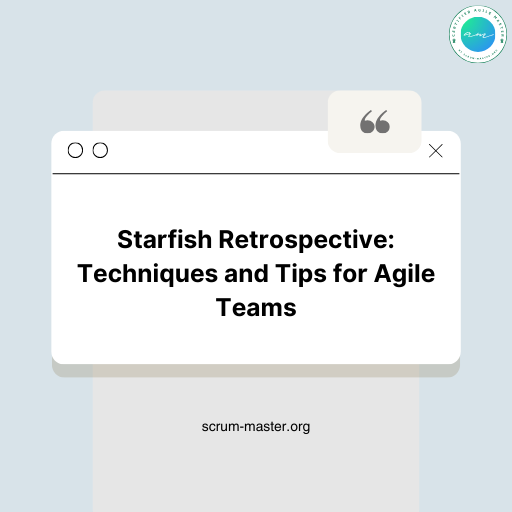Navigating the evolving landscape of cloud computing presents its own set of complexities. Introducing agile methodologies like Scrum and SAFe into this equation can amplify these challenges significantly.
In this article, we delve into the specific hurdles encountered when integrating Scrum and SAFe within Cloud infrastructure teams. Moreover, we will explore strategies and solutions to effectively address these challenges, paving the way for successful agile adoption.

Index
- 1 1. Agility and the RUN Challenge in Cloud Infrastructure
- 2 2. Traditional Development vs. Cloud Infrastructure Teams
- 3 3. Short Cycles of Scrum and SAFe vs. Long-Term Projects
- 4 4. Corporate Culture and Agility
- 5 5. Synchronizing Different Methodologies
- 6 6. The Urgency vs. Importance Dilemma
- 7 7. Evaluating Scrum and SAFe Work in Cloud Infrastructure
- 8 Conclusion
- 9 Bonus: Enhancing Collaboration with Miro
1. Agility and the RUN Challenge in Cloud Infrastructure
The day-to-day operations, or RUN activities, are a significant part of cloud infrastructure teams’ workload. Given this, Kanban, with its workflow-centric approach, might initially seem more fitting than Scrum or SAFe, which are predicated on fixed iterations. However, a hybrid solution that employs Kanban for managing RUN tasks and Scrum or SAFe for project work could offer both flexibility and structure, optimizing the workflow seamlessly.
2. Traditional Development vs. Cloud Infrastructure Teams
Cloud infrastructure teams traditionally lean more towards integrating vendor solutions rather than engaging in what’s considered “classic” development work. Yet, the rise of Infrastructure-as-Code (IaC) has started to blur these lines, introducing more conventional development tasks into the realm of cloud infrastructure. In this light, Scrum and SAFe can provide a structured framework for managing these new responsibilities effectively, assuming teams are equipped with the necessary training to tackle IaC tasks agilely.

3. Short Cycles of Scrum and SAFe vs. Long-Term Projects
Certain cloud infrastructure projects, such as large-scale migrations, don’t fit neatly into the short cycles typical of Scrum and SAFe methodologies (1 to 4 weeks). While a traditional project management approach might seem more suitable for these long-haul projects, integrating agile practices can offer enhanced adaptability and responsiveness, adding value even to projects with extended timelines.
4. Corporate Culture and Agility
The shift towards Agile or Lean methodologies necessitates a considerable change in corporate culture, often met with resistance in organizations accustomed to traditional project management methods. Overcoming this challenge requires a strategic change management approach, emphasizing effective communication of Scrum, Kanban, and SAFe benefits, alongside targeted training to facilitate a smoother transition.
5. Synchronizing Different Methodologies
In larger organizations, aligning cloud infrastructure teams practicing Scrum or SAFe with teams using varied methodologies can be daunting. Establishing governance structures, such as Scrum of Scrums or ART Sync meetings in SAFe, and utilizing project management and collaboration tools are effective strategies for ensuring cohesive operations across different teams.
6. The Urgency vs. Importance Dilemma
Cloud infrastructure teams often face urgent issues that demand immediate attention, potentially disrupting the planned agile workflow. Establishing a prioritization system to assess and rank problems by their urgency and importance can help manage such disruptions effectively, maintaining the balance between immediate responses and ongoing project work.
7. Evaluating Scrum and SAFe Work in Cloud Infrastructure
Accurate evaluation of work within Scrum and SAFe frameworks is crucial but challenging in the context of cloud infrastructure, where tasks are complex, and problems can be unpredictable. Enhancing estimation accuracy might involve setting up targeted training on estimation techniques and leveraging historical data for more informed future estimations.

Conclusion
In conclusion, despite the challenges, adopting Scrum and SAFe in Cloud infrastructure teams can lead to significant improvements in efficiency and productivity. With a flexible approach, good preparation and a willingness to learn and adapt, these challenges can be overcome to realize the full potential of agile methodologies in Cloud infrastructure.
Bonus: Enhancing Collaboration with Miro
For Cloud infrastructure teams striving to weave Scrum and SAFe into their operations, fostering effective collaboration is paramount. Miro, an online virtual whiteboard platform, emerges as a versatile tool in enhancing teamwork and expediting agile transformation. Seize this opportunity to bolster your Cloud infrastructure team’s collaboration and propel your agile journey forward with Miro.








